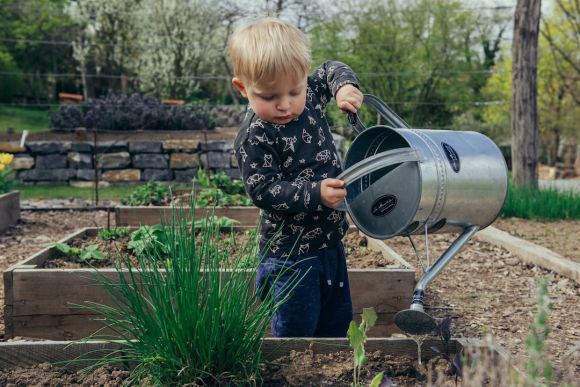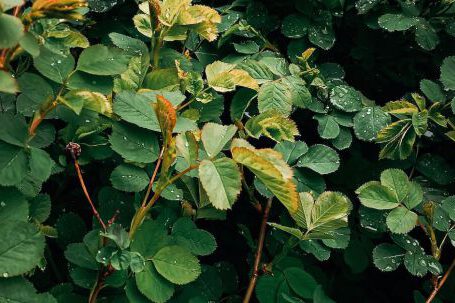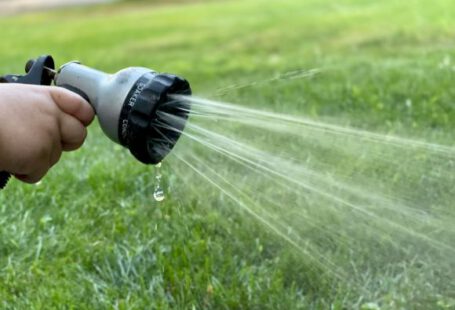Gardening is a popular hobby that brings joy and beauty to our lives. It allows us to connect with nature and reap the rewards of our hard work. But when it comes to choosing containers for our plants, we often find ourselves faced with a dilemma. Should we buy new containers or can we use recycled ones? In this article, we will explore the benefits and limitations of using recycled containers for gardening.
Benefits of Using Recycled Containers
1. Environmental Sustainability: One of the biggest benefits of using recycled containers for gardening is the positive impact on the environment. By reusing containers that would otherwise end up in landfills, we reduce waste and conserve resources. This promotes a more sustainable way of gardening and helps to reduce our carbon footprint.
2. Cost-Effective: Another advantage of using recycled containers is the cost savings. Instead of purchasing new containers, which can be expensive, you can repurpose items you already have at home. This is especially beneficial for beginner gardeners or those on a tight budget.
3. Creativity and Personalization: Using recycled containers allows you to get creative and add a personal touch to your garden. You can transform old buckets, tin cans, or even tires into unique planters that reflect your style and personality. This adds a fun and artistic element to your gardening experience.
Limitations of Using Recycled Containers
1. Drainage Issues: One challenge with using recycled containers is ensuring proper drainage for your plants. Many recycled containers may not have drainage holes, which can lead to waterlogged soil and root rot. However, this can be easily solved by drilling or punching holes in the bottom of the container.
2. Limited Lifespan: Recycled containers may not be as durable as purpose-made gardening containers. Over time, they may deteriorate or become damaged, especially if they were not originally designed for gardening. This means you may need to replace them more frequently, which can be a hassle.
3. Size and Shape Constraints: Recycled containers come in all shapes and sizes, which can be both a benefit and a limitation. While you can find containers to suit different types of plants, some may be too small or too large for your needs. Additionally, irregular shapes may make it difficult to arrange your plants in an aesthetically pleasing way.
Tips for Using Recycled Containers in Gardening
1. Choose the Right Containers: When selecting recycled containers for your garden, consider the size, material, and condition. Look for containers that are clean, sturdy, and suitable for the type of plants you want to grow. Avoid containers that may leach harmful chemicals into the soil, such as those made of treated wood or certain plastics.
2. Provide Adequate Drainage: As mentioned earlier, proper drainage is crucial for the health of your plants. Make sure to create drainage holes in the bottom of the containers if they don’t already have them. You can use a drill, a hammer and nail, or a heated metal rod to make the holes.
3. Regular Maintenance: Keep an eye on the condition of your recycled containers and replace them if necessary. Inspect them for cracks, breakages, or signs of deterioration. Additionally, monitor the soil moisture levels and adjust your watering routine accordingly to prevent overwatering or underwatering.
Conclusion
Using recycled containers for gardening is a sustainable and cost-effective option that allows you to get creative and personalize your garden. While there are limitations to consider, such as drainage issues and limited lifespan, these can be overcome with proper care and maintenance. By reusing containers, you can make a positive impact on the environment and enjoy the beauty of your garden without breaking the bank. So, go ahead and give it a try!





